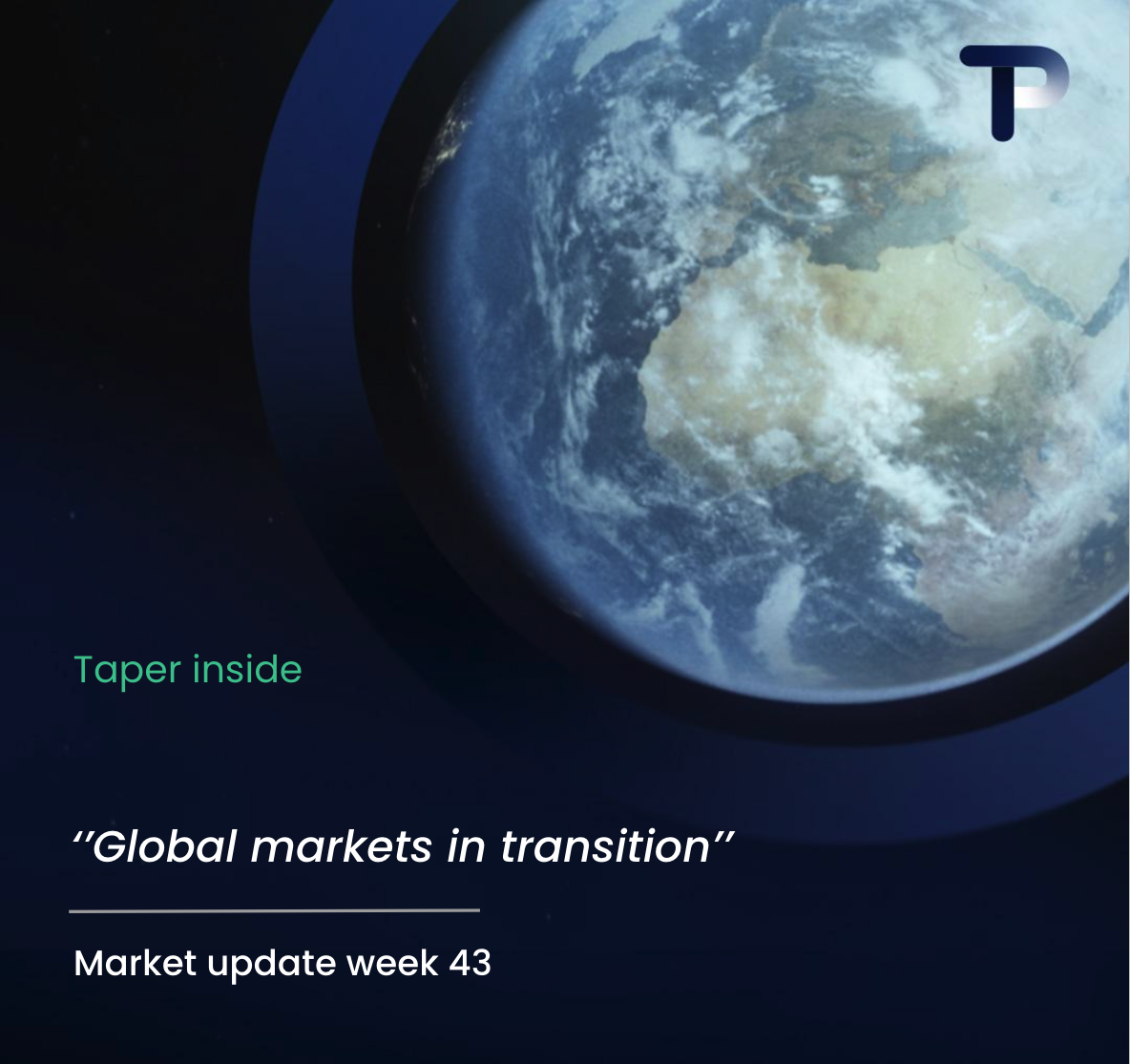Supply chain finance supports e-commerce international payments by providing early payment solutions that bridge cash flow gaps between suppliers and buyers in cross-border transactions. This financial tool enables suppliers to receive immediate payment while allowing buyers extended payment terms, creating smoother international payment cycles and reducing currency risks in global e-commerce operations.
Understanding supply chain finance in global e-commerce
Supply chain finance has become increasingly important for international e-commerce businesses managing complex cross-border payment relationships. This financial mechanism connects suppliers, buyers, and payment processors through structured financing solutions that optimise cash flow across global supply chains.
In international e-commerce, traditional payment terms often create friction between trading partners. Suppliers need quick payment to maintain operations, while buyers prefer extended payment periods to manage their working capital effectively. Supply chain finance resolves this conflict by introducing financial intermediaries who facilitate early payments to suppliers whilst maintaining favourable payment terms for buyers.
The global nature of e-commerce adds complexity through currency exchange requirements, regulatory compliance across multiple jurisdictions, and varying banking relationships. Supply chain financing addresses these challenges by providing standardised processes that work across different countries and currencies, making international trade more accessible for businesses of all sizes.
What is supply chain finance and how does it work?
Supply chain finance is a set of technology-based solutions that optimise cash flow by allowing businesses to lengthen payment terms to suppliers while providing suppliers the option to get paid early. Financial institutions or specialised providers facilitate these arrangements through trade finance products.
The mechanism works through several key players. The buyer (e-commerce business) establishes a supply chain finance programme with a financial provider. Suppliers then have the option to sell their approved invoices to this provider at a discount, receiving immediate payment. The buyer pays the financial provider according to the original payment terms.
In international scenarios, the process accommodates multiple currencies and cross-border regulations. Financial providers typically offer multi-currency capabilities, enabling suppliers in different countries to receive payments in their preferred currency whilst buyers can pay in their domestic currency. This arrangement reduces foreign exchange risk for both parties.
Technology platforms facilitate the entire process, from invoice approval to payment execution. These systems integrate with existing e-commerce platforms and accounting software, creating seamless workflows that require minimal manual intervention from any party involved.
How does supply chain finance improve international payment terms?
Supply chain finance transforms international payment terms by creating flexible arrangements that benefit all parties in cross-border payments. Buyers can negotiate extended payment terms of 60, 90, or even 120 days without straining supplier relationships, as suppliers retain the option for immediate payment through the financing programme.
For suppliers, particularly those in emerging markets, access to early payment eliminates the cash flow constraints that often limit their ability to fulfil large international orders. This improved cash position enables them to invest in inventory, expand production capacity, or take on additional orders from international e-commerce partners.
The financing structure also reduces payment risks inherent in international trade. Rather than relying on direct payment from international buyers, suppliers can receive guaranteed payment from established financial institutions. This risk mitigation is particularly valuable when dealing with new trading partners or markets with uncertain economic conditions.
Currency considerations become more manageable through supply chain finance programmes. Many providers offer natural hedging by matching currency flows or providing competitive exchange rates, reducing the impact of currency fluctuations on international payment terms.
What are the benefits of supply chain finance for e-commerce businesses?
E-commerce businesses gain significant working capital advantages through supply chain finance programmes. Extended payment terms free up cash that can be reinvested in marketing, inventory expansion, or technology improvements, supporting faster business growth without requiring additional external financing.
Supplier relationships strengthen when businesses offer supply chain finance options. Suppliers appreciate having payment flexibility, which often translates into better pricing, priority treatment during high-demand periods, and willingness to extend credit terms for larger orders. These improved relationships create competitive advantages in international markets.
The administrative burden of managing multiple international suppliers decreases significantly. Supply chain finance platforms centralise payment processes, provide standardised documentation, and offer visibility into the entire payment cycle. This streamlined approach reduces the complexity of managing diverse international banking relationships.
Risk management improves through supply chain finance programmes. By working with established financial providers, e-commerce businesses can better assess supplier creditworthiness, monitor supply chain health, and identify potential disruptions before they impact operations.
| Benefit Category | Impact on E-commerce | International Advantage |
|---|---|---|
| Cash Flow Management | Extended payment terms improve working capital | Multi-currency flexibility reduces FX risk |
| Supplier Relations | Early payment options strengthen partnerships | Global supplier network expansion |
| Operational Efficiency | Automated payment processes reduce admin | Standardised international procedures |
| Risk Mitigation | Financial provider backing reduces credit risk | Regulatory compliance across jurisdictions |
Key takeaways for implementing supply chain finance in international e-commerce
Successful implementation of supply chain finance requires careful selection of financial partners who understand international trade complexities. Look for providers with multi-currency capabilities, global reach, and technology platforms that integrate with your existing e-commerce systems.
Start with your largest or most strategic suppliers when introducing supply chain finance programmes. These relationships offer the greatest impact on cash flow and provide valuable feedback for programme refinement before expanding to smaller suppliers.
Consider the total cost of financing, including platform fees, transaction costs, and currency conversion charges. While supply chain finance provides working capital benefits, ensure the programme structure aligns with your overall financial strategy and cost objectives.
Maintain clear communication with suppliers about programme benefits and participation requirements. Many suppliers, particularly smaller ones, may be unfamiliar with supply chain finance concepts and require education about how early payment options work.
Monitor programme performance through key metrics such as supplier participation rates, average payment terms achieved, and overall impact on working capital. Regular assessment ensures the programme continues delivering value as your international e-commerce operations evolve.
For businesses managing complex international payments requirements, partnering with specialised financial service providers can simplify the entire process whilst ensuring access to competitive rates and comprehensive support for global commerce expansion.
Frequently Asked Questions
How long does it typically take to set up a supply chain finance programme for international e-commerce?
Setting up a supply chain finance programme usually takes 4-8 weeks, depending on the complexity of your supplier network and chosen financial provider. The process involves due diligence on your business, supplier onboarding, system integration, and compliance checks across different jurisdictions. Starting with a pilot programme involving 3-5 key suppliers can accelerate the initial setup and provide valuable insights before full rollout.
What happens if a supplier doesn't want to participate in the supply chain finance programme?
Supplier participation in supply chain finance is always voluntary, and non-participation doesn't affect your existing trading relationship. You can continue with standard payment terms for non-participating suppliers while offering the programme as an optional benefit. Many suppliers initially hesitate due to unfamiliarity with the concept, so providing educational materials and demonstrating the cash flow benefits often increases participation over time.
Are there minimum transaction sizes or supplier requirements for international supply chain finance?
Most supply chain finance providers have minimum annual transaction volumes (typically £100,000-£500,000) and may require suppliers to meet basic creditworthiness criteria. However, requirements vary significantly between providers, with some specialising in smaller transactions or emerging market suppliers. It's important to discuss your specific supplier profile and transaction patterns when evaluating providers to ensure programme accessibility for your key partners.
How does supply chain finance affect my accounting and tax obligations across different countries?
Supply chain finance doesn't change the underlying commercial transaction, so your revenue recognition and tax obligations remain the same. However, you should consult with your accounting team about properly recording the extended payment terms and any fees associated with the programme. Some jurisdictions may have specific disclosure requirements for supply chain finance arrangements, so ensure compliance with local accounting standards in each market where you operate.
What should I do if my current financial provider doesn't offer supply chain finance solutions?
Many traditional banks now partner with specialised supply chain finance providers or offer referrals to established platforms. Start by discussing your needs with your current banking relationship manager, as they may have solutions or partnerships you're unaware of. If not available, you can work with independent supply chain finance providers while maintaining your existing banking relationships for other services. Most programmes are designed to complement rather than replace your current financial arrangements.
How can I measure the ROI of implementing supply chain finance in my international operations?
Key metrics include working capital improvement (measured by days payable outstanding), cost of financing compared to alternative funding sources, supplier relationship improvements (pricing concessions, priority treatment), and operational efficiency gains from streamlined payment processes. Track supplier participation rates, average payment term extensions achieved, and any reduction in supply chain disruptions. Most businesses see positive ROI within 6-12 months through improved cash flow management and stronger supplier partnerships.
What are the main risks I should consider before implementing supply chain finance internationally?
Primary risks include dependency on the financial provider's stability, potential supplier concentration if only certain suppliers participate, and regulatory changes affecting cross-border finance arrangements. Currency risk may increase if the programme doesn't include adequate hedging mechanisms. Mitigate these risks by choosing established financial providers, maintaining diverse supplier participation, and ensuring clear contract terms regarding programme changes or termination. Regular programme reviews help identify and address emerging risks before they impact operations.



